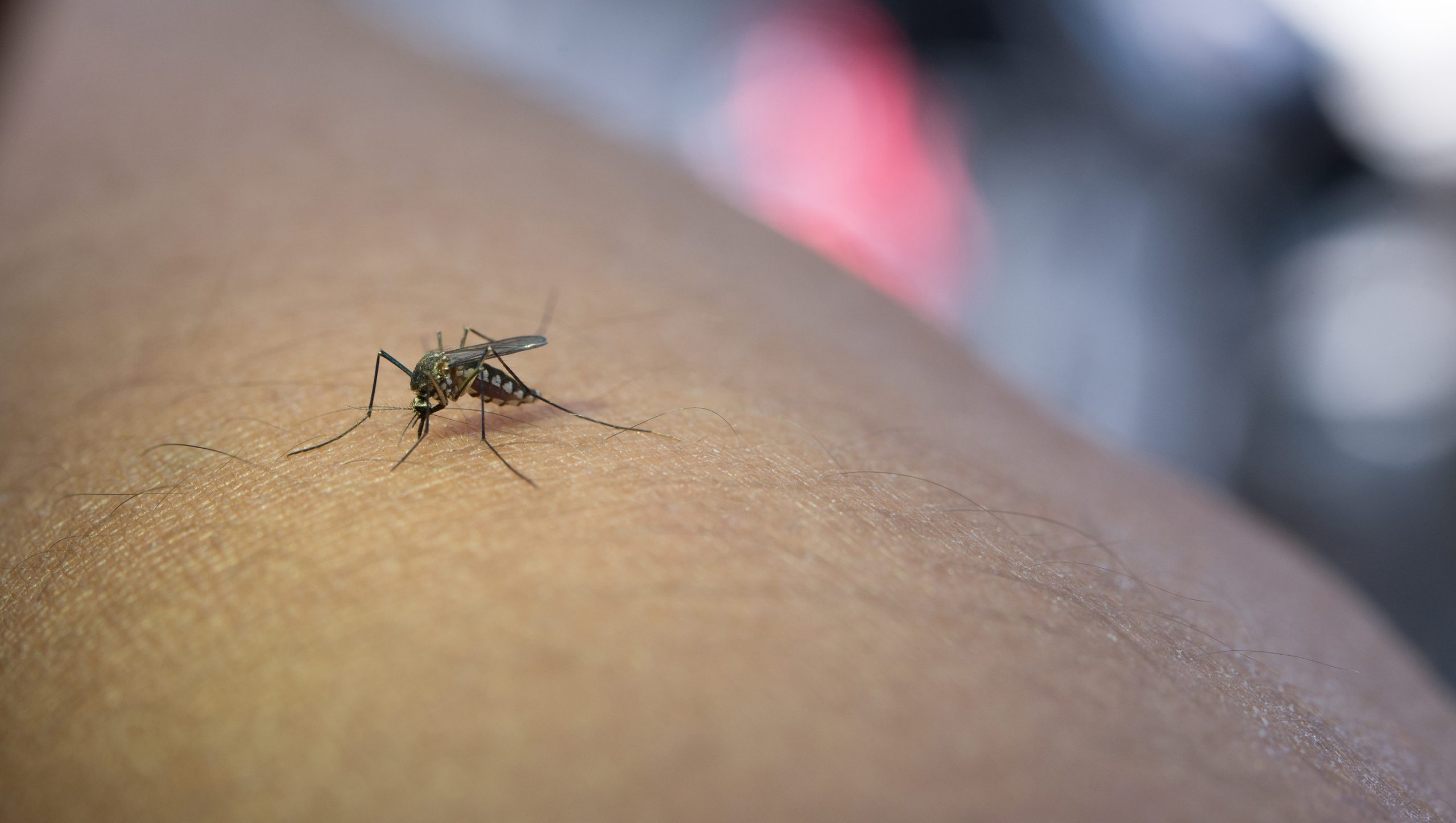

Similar to COVID, public health organizations around the world have had difficulty predicting which populations will be most affected by malaria, a potentially fatal illness that is expected to afflict 247 million people worldwide in 2021. A recent study from Stanford that was conducted in Madagascar in conjunction with regional scientists and healthcare professionals lays the way for the use of readily available data to properly anticipate a malaria outbreak in any community.
The report, published on Feb. 22 in PLOS Global Public Health, is the first such study to illustrate these links in exquisite detail and could inform efforts to treat malaria more efficiently and inexpensively.
“We can predict which villages will have the most malaria cases, even when these villages are only a few miles apart,” said study lead author Julie Pourtois, a Ph.D. student in biology at the Stanford School of Humanities and Sciences. “These predictions could help distribute limited health care resources where they are most needed, which is particularly valuable in countries with limited access to health care.”
Predicting A Malaria Outbreak
The most recent year for which figures are available from the World Health Organization is 2021 when about 619,000 individuals worldwide died from malaria, an acute fever sickness spread by mosquito bites. In Africa, where children under 5 accounted for almost 80% of all malaria deaths in 2021, its burden is felt most acutely by those who live in disadvantaged communities.
While healthcare organizations have a good understanding of what causes malaria at the national level, including warm weather and rain patterns that facilitate mosquito breeding and activity, local-scale predictions are much more difficult to make and uncertain due to factors like microclimates and land use. Data from the health system might also give a false impression of the burden on the community because it does not include those who are less able to obtain healthcare.
The researchers concentrated on a region in southeast Madagascar in cooperation with Pivot, a neighborhood health care group, and Madagascar’s national malaria control program. They expanded on a prior study done by Stanford that examined data on malaria incidence gathered by hospitals in the district and made adjustments to account for reporting biases caused by distance and cost constraints on access to care. The researchers added land use maps, satellite data on climate, and socioeconomic information from household surveys carried out by the Madagascar National Institute of Statistics.
The researchers used this mixture of data to determine which of these factors best explained malaria trends and built a model to forecast the monthly prevalence of malaria across 195 villages.
Malaria appears to be more of a rural disease in the study area than it is elsewhere, as evidenced by the researchers’ finding that the malaria burden is low in residential areas and high in regions with flooded rice fields. Also, they discovered a significant correlation between poverty and reported malaria cases, showing that many individuals living in poverty were not receiving care at health centers and emphasizing the urgent need to expand access to healthcare.
The analysis was able to predict relatively well which villages were going to be hit the hardest with malaria outbreak. In fact, the approach correctly identified more than half of communities in the top 20% for malaria transmission and explained over three-quarters of the variation in malaria incidence rank.
“We have shown that the new generation of satellite and land use data, integrated with socio-economic and public health data gathered on the ground allows to describe heterogeneity in malaria incidence at a very fine spatial scale,” said study co-author Giulio De Leo, a professor of oceans and Earth system science in the Stanford Doerr School of Sustainability. “That was impossible until recently.”
“This is an important first step towards bringing advances in disease ecology and modeling for disease prediction to local communities in settings that need them the most: those with high burdens of malaria, widespread poverty, and low access to health care,” said senior author Andres Garchitorena, a researcher at the French Research Institute for Sustainable Development and associate scientific director at Pivot.
more recommended stories
 Fat-Regulating Enzyme Offers New Target for Obesity
Fat-Regulating Enzyme Offers New Target for ObesityKey Highlights (Quick Summary) Researchers identified.
 Spatial Computing Explains How Brain Organizes Cognition
Spatial Computing Explains How Brain Organizes CognitionKey Takeaways (Quick Summary) MIT researchers.
 Gestational Diabetes Risk Identified by Blood Metabolites
Gestational Diabetes Risk Identified by Blood MetabolitesKey Takeaways (Quick Summary for Clinicians).
 Phage Therapy Study Reveals RNA-Based Infection Control
Phage Therapy Study Reveals RNA-Based Infection ControlKey Takeaways (Quick Summary) Researchers uncovered.
 Pelvic Floor Disorders: Treatable Yet Often Ignored
Pelvic Floor Disorders: Treatable Yet Often IgnoredKey Takeaways (Quick Summary) Pelvic floor.
 Urine-Based microRNA Aging Clock Predicts Biological Age
Urine-Based microRNA Aging Clock Predicts Biological AgeKey Takeaways (Quick Summary) Researchers developed.
 Circadian Control of Neutrophils in Myocardial Infarction
Circadian Control of Neutrophils in Myocardial InfarctionKey Takeaways for HCPs Neutrophil activity.
 E-Cigarette Use and Heart Attack Risk in Former Smokers
E-Cigarette Use and Heart Attack Risk in Former SmokersKey Takeaways for Clinicians and Nurses.
 36-Week Pre-eclampsia Screening May Reduce Term Risk
36-Week Pre-eclampsia Screening May Reduce Term RiskA New Preventive Strategy for Term.
 Cardiovascular Risk and Sudden Cardiac Death in Diabetes
Cardiovascular Risk and Sudden Cardiac Death in DiabetesRising Sudden Cardiac Death (SCD) Risk.

Leave a Comment